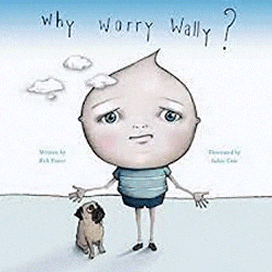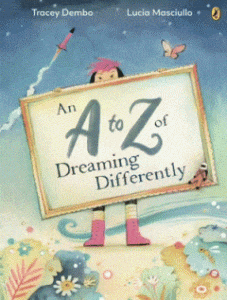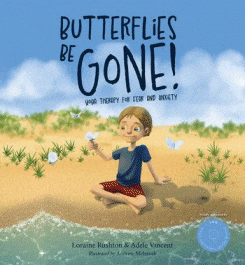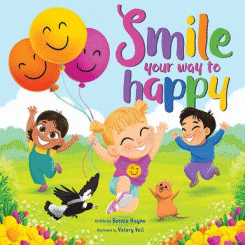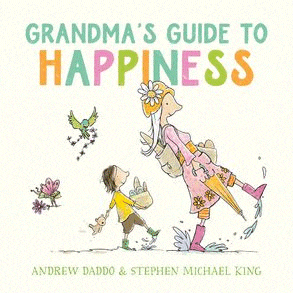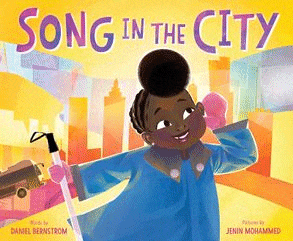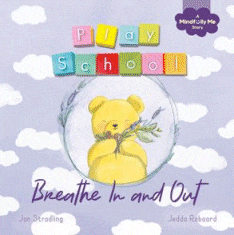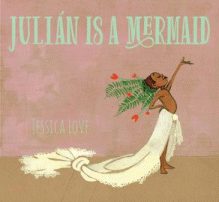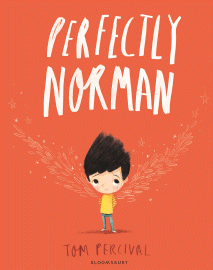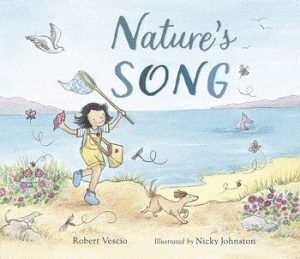
Nature’s Song
Nature’s Song
Robert Vescio
Nicky Johnston
New Frontier, 2023
32pp., hbk., RRP $A26.99
9781922326782
It’s tough being inside when Outside is peeking through the window and beckoning you to follow. But it’s even tougher if you’re confined to bed because you have a broken leg. And so the little girl resists the temptation to escape and keeps her brother company instead. Until the day the plaster finally comes off and she is able to be there herself to watch the morning rise, serenade the sun and rediscover the wonders of Outside has been keeping. Now, how can she bring this inside so her brother can share it too?
Beautifully written, and softly and sensitively illustrated this is a story about discovering the wonders of our own natural environment without having to seek “artificial” entertainment. As the little girl and her dog frolic in the freedom of being outdoors again, and discover the extraordinary in the ordinary as Mother Nature goes about her daily business of making the world wonderful, young readers can be encouraged to not only look for all the details portrayed in the pictures and discover things often overlooked or taken for granted, but to also look at their own Outside and use their senses and imagination to see what magic is waiting for them. Perhaps, they too, can find a way to bring it Inside.
And maybe, as they lie in bed on the edge of dreams and reflect on the day, they might ask themselves, “Did I find wonder in the world, today?” “Did I listen to Nature’s song? What tune was she playing?” For even on cold, misty mountain mornings as we have today, there is always a song being sung. You just have to listen.
